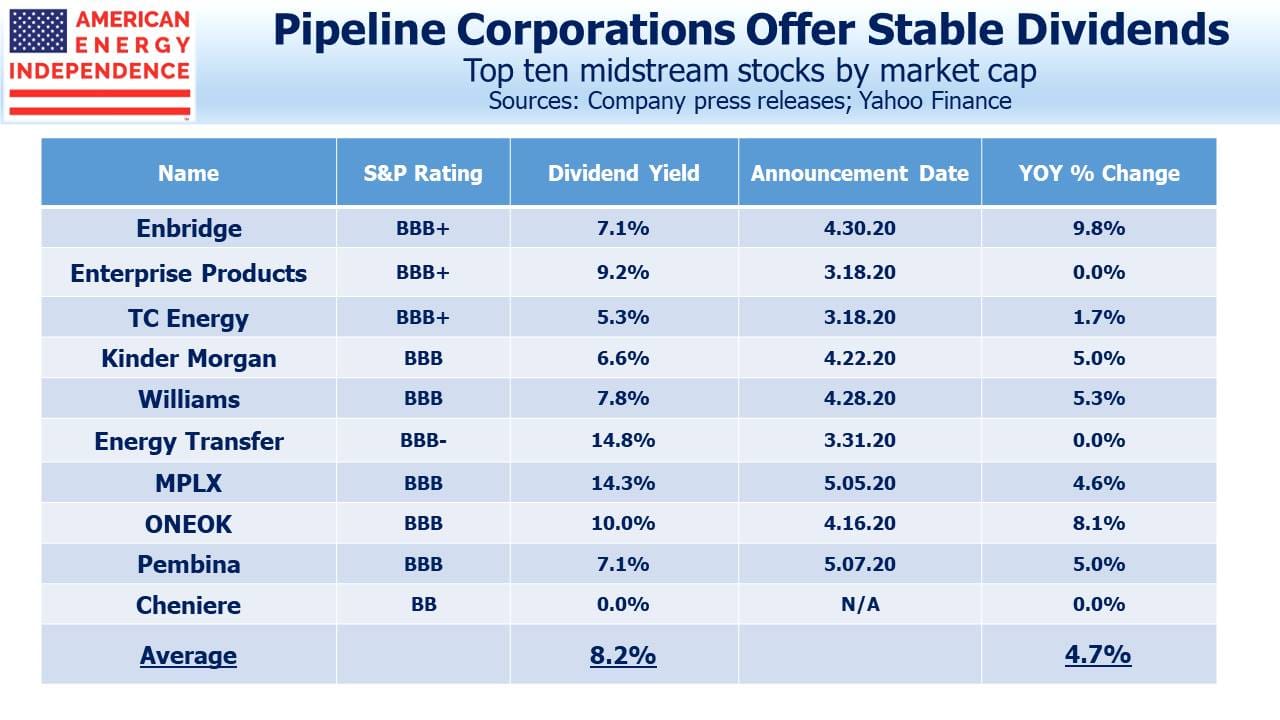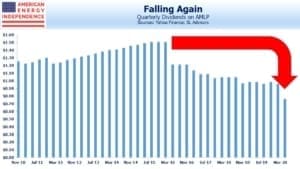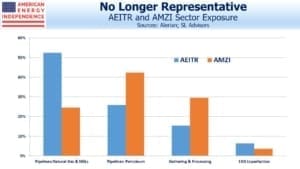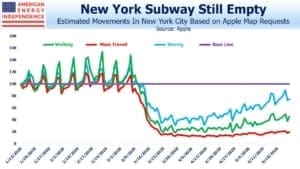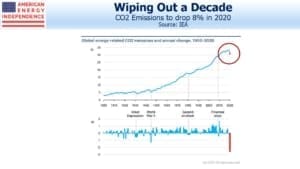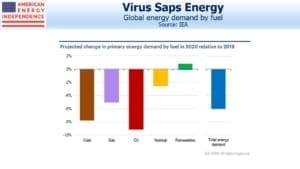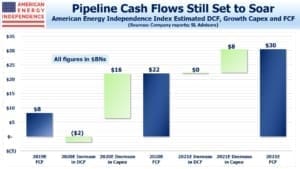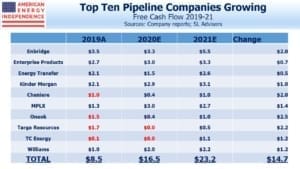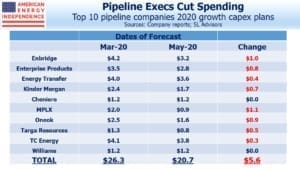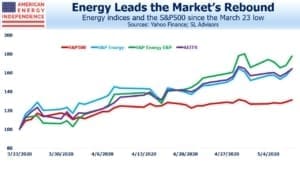Review of Vaclav Smil Natural Gas – Part 1
Vaclav Smil is a prolific writer of books that explain how the world uses energy. Past titles include Making the Modern World – Materials and Dematerialization, Energy Transitions, Energy Myths and Realities, Energy: A Beginner’s Guide and Energy and Civilization: A History. If you want to understand the physics, chemistry and economics of energy, you need go no further. Natural Gas: Fuel for the 21st Century is four years old, but still provides a solid grounding in its importance for many decades to come.
What we call natural gas is mostly methane (CH4), and it’s been produced by the decomposition of organic matter on earth for at least 3 billion years. Rising concentrations of atmospheric methane can be traced back to the expansion of rice cultivation in Asia, thousands of years ago, and didn’t just begin with the industrial revolution. Ethane and propane are often present in the natural gas mix, although methane dominates. Methane is burned in power plants to produce electricity, and is used for heating and cooking in most homes. Ethane tends to be most valuable as a petrochemical feedstock into plastics, while propane is used to generate heat in various industrial processes, in backyard barbecues and in some cases for transportation.
The Shale Revolution in America has been as much about natural gas as crude oil, although it’s the latter that draws more attention. Natural gas relies heavily on pipelines for transportation, so long term purchase agreements are common in order to justify the significant capital investment in necessary infrastructure. One of the most remarkable energy stories in the last decade is how the U.S. switched from planning greater natural gas imports to becoming a major exporter, as domestic production swelled. Greg Zuckerman’s The Frackers recounts how Cheniere Energy turned reoriented Liquified Natural Gas (LNG) terminals from import to export.
Facts and figures are the very essence of Smil’s books, providing support for every statement. Methane has relatively low energy density, which is why it has to be converted to near liquid form before loading onto LNG tankers; otherwise, the economics of shipment would be unattractive. This is also why it’s not used in road vehicles, where propane’s higher energy density makes it preferable although gasoline dominates because it has even higher energy density.
Natural gas storage is often underground, in depleted natural gas reservoirs, porous rock formations or salt caverns. A giant aboveground tank 100 meters in diameter and 100 meters tall would only hold enough natural gas to heat around 500 Canadian homes during a typical winter. Methane’s high combustion efficiency has led modern residential natural gas-fired furnaces to reach efficiencies of 95-97%. No other fuel is this efficient. In power plants it generates less than 60% as much CO2 as coal. Developing technology may bring further, dramatic improvements (see Clean Fossil Fuels May Be Coming). America’s switch from coal to natural gas for electricity generation is why greenhouse gas emissions have fallen. It’s also why getting China and India, the world’s big coal users in the coming decades, to rely more on natural gas is one of the most important ways the world can combat global warming.
Today’s Energy Transition anticipates the global economy’s move from fossil fuels to zero-carbon based energy. The role of natural gas in this transition is hotly debated – as the cleanest burning fossil fuel, Smil believes (as do we) that it’s going to be part of the solution to lowering emissions. The religious zeal of climate extremists makes no distinction between coal and natural gas, or the impracticality of eliminating 80% of the world’s energy sources. Because this is so unappealing to most people, global emissions grow and Greta lectures ineffectively to virtue-seeking audiences (listen to Davos Talks Climate Change).
Smil provides many more useful insights about natural gas, which will be discussed in a later blog. For a highly informative read, pick up a copy of Natural Gas: Fuel for the 21st Century.




